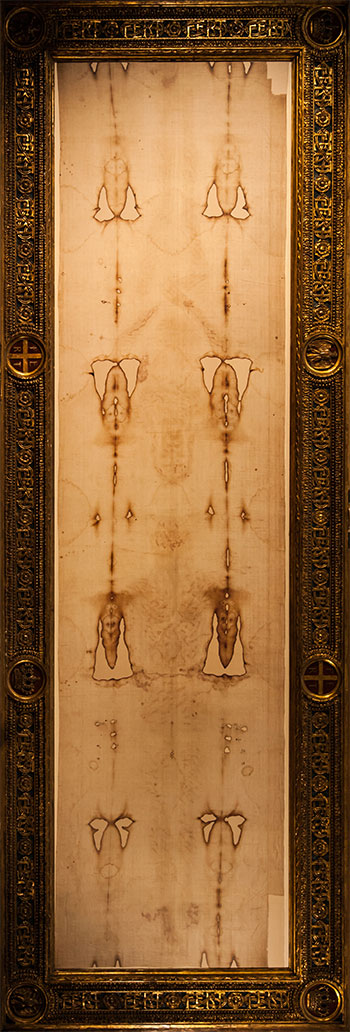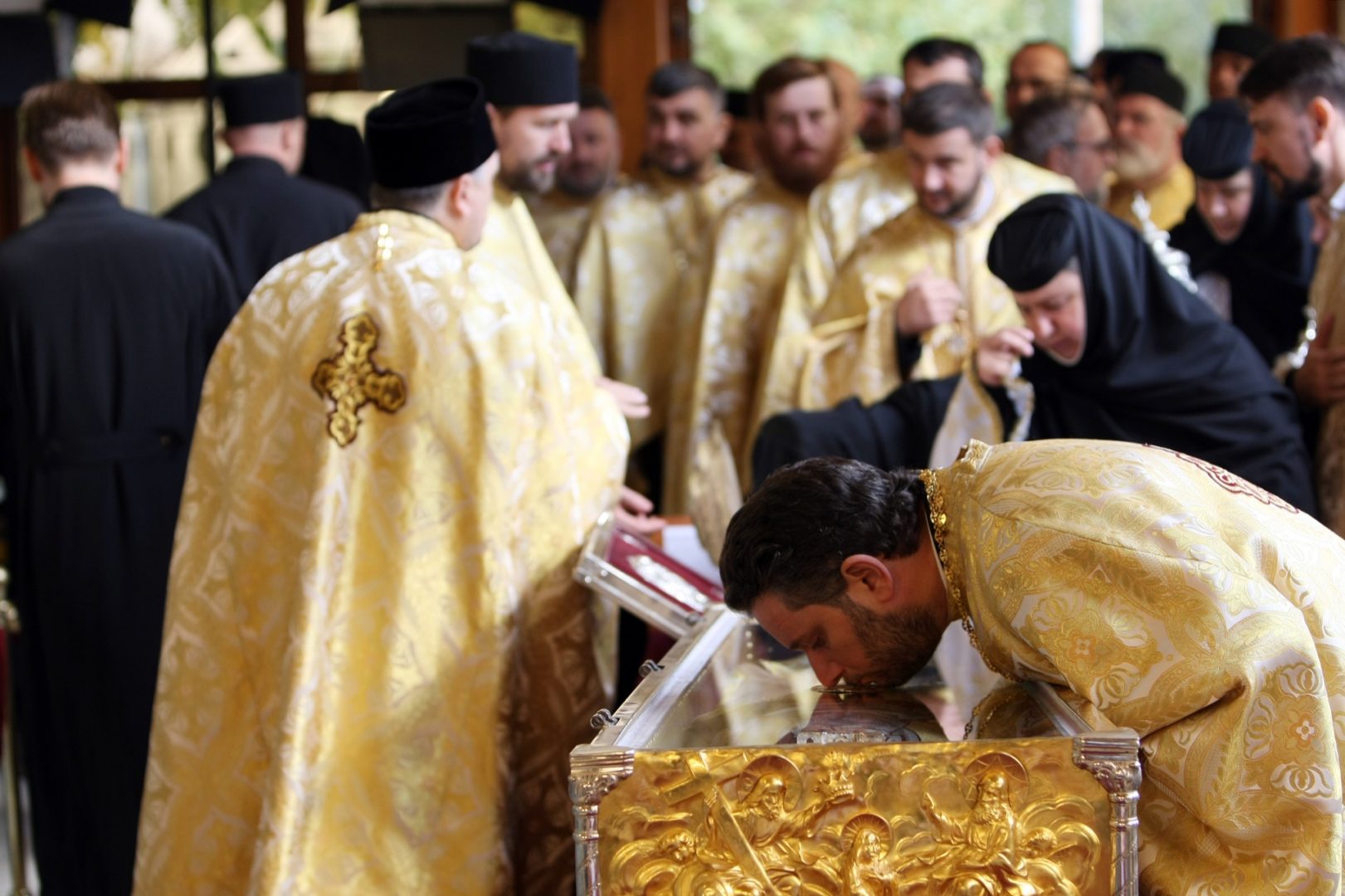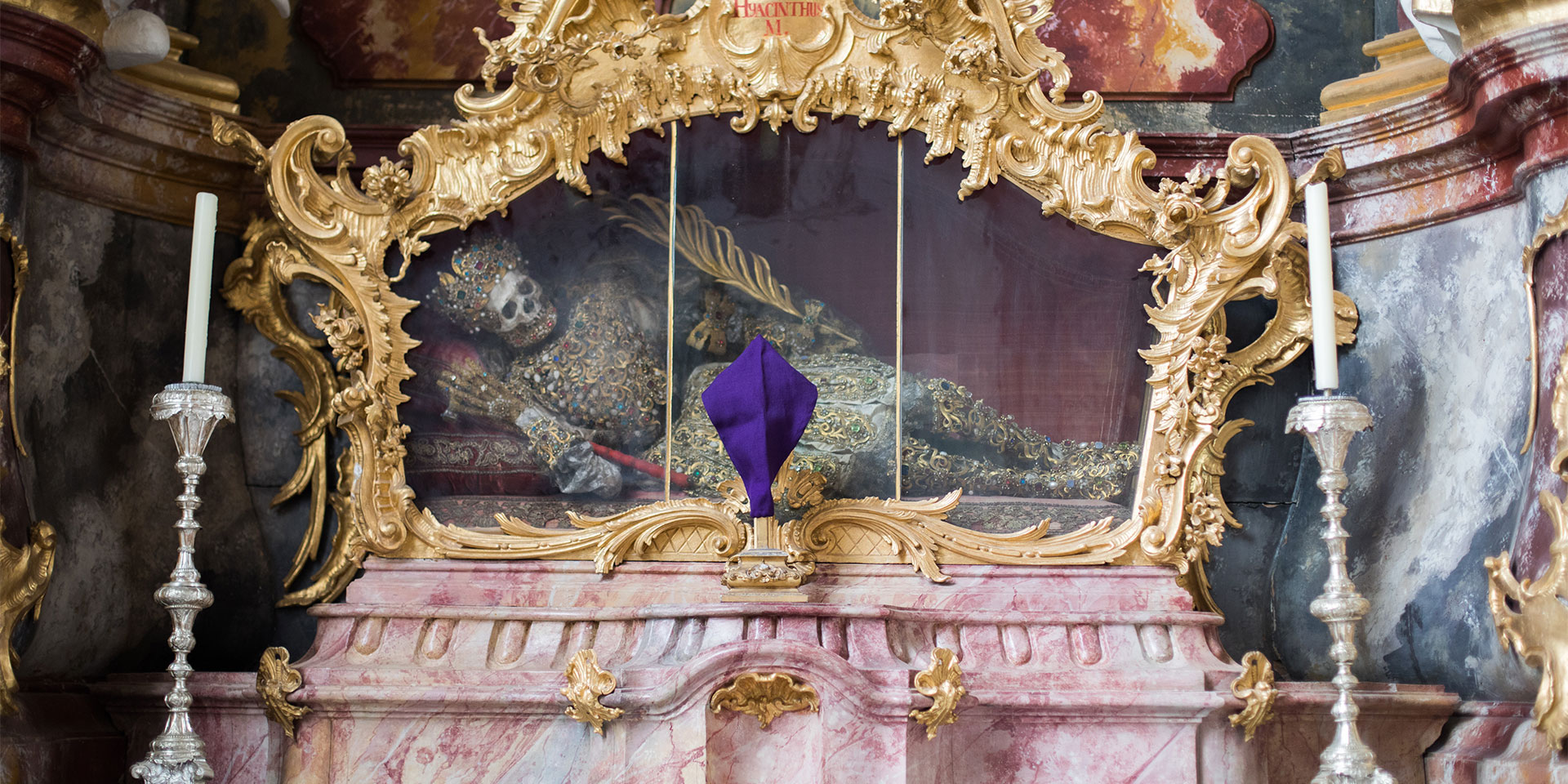October 13, 1247. In the Westminster Cathedral in London, the crowd was eagerly awaiting the revelation of a great mystery.
King Henry III had assembled the entire community for a sacred procession. The announcement said that everyone present would receive “the best news”, a “holy advantage” given to the British nation. What this “holy advantage” meant was quite difficult to guess, so people had come in droves. Appearing in front of the crowd, with a grave demeanor, the king claimed that a special relic was secretly brought to England, being certified by the very dreaded Knights Templar and the patriarch of Jerusalem himself. Then, the monarch carefully showed the crowd the “holy advantage”—a vial supposedly containing a few drops of the blood of Jesus Christ. The king himself led the religious procession, and the bishop of Norwich announced that a 6-year and 116-days indulgence would be granted to anyone who worshipped the holy relic.
Unfortunately for him, the relic failed to attract crowds of pilgrims to the famous London Cathedral, nor did it bring the king the fame he had hoped for.[1] It was another British monastery, that of Hailes, founded by the younger brother of Henry III, that managed where Norwich had failed. It gained the fame of having a vial of the Saviour’s blood, bought from Germany, and attracted millions of pilgrims eager to receive redemption from hell.

Old times and new times
To this day, relics have remained a very sensitive topic in Christianity. Whether it is the West or the East, the multitudes of miracle-seeking believers yearn for the grace that seems to irrevocably withdraw from their world. Most of the time, the details or the requirements to recognize the original don’t even matter anymore. The mass from November 2013 in which Pope Francis kissed and bowed in front of a small chest in which it was said that the earthly remains of St. Peter were preserved, is already famous. When asked by journalists about their authenticity, Archbishop Rino Fisichella said it did not matter whether one day archaeologists would date them to be more recent. After all, said the archbishop, Christians have been worshiping Peter’s tomb (the one on which the famous cathedral of Rome with the same name is supposed to have been built) for two thousand years and will continue to do so no matter what discoveries are made because, beyond the exact name or identity of the saint, “they go there to profess the faith”.
The statement seems satisfactory to many, but it leaves behind some questions that are still unclear. Did Christians really worship at Peter’s tomb for two thousand years? If it really doesn’t matter what relics you worship, why does the Catholic Church encourage pilgrimages to holy places? And, last but not least, what does Scripture have to say about this custom that is so ubiquitous today?
A brief history of the worship of relics in the Scriptures
To the reader of Scripture, it is no secret that in the Old Testament, dead bodies were unclean (Leviticus 21:4). Anyone who touched them had to carefully observe the specific cleansing ritual in order to participate in the religious services of the community. It was therefore impossible for a Jewish believer to keep the earthly remains of a loved one and, at the same time, come to the temple to worship. Moreover, sometimes God chose to bury someone Himself (like in the case of Moses) or to command directly that this service be done in a rather inaccessible place (like in Aaron’s case), thus discouraging any form of worship of his servants, after death (Deuteronomy 34:6; 32:50). We may add that, despite having the tomb of Abraham and his family in their midst, the Jews did not turn it into a place of pilgrimage, nor did they attempt to build a mausoleum on it. The bones of Joseph, which were brought from Egypt, were carried not to be worshiped, but to be buried in the land of promise. After this, we have no other reference in the Bible to them or to the tomb in which they were placed.
There is, however, a time in the Old Testament history when the bones of a man of God worked a miracle. This was the tomb of Elisha, into which, in a moment of panic, people threw the body of a man who they were preparing for burial. Scripture says that, by touching Elisha’s bones, the dead man rose to life (2 Kings 13:21). However, any hermeneutics textbook would tell you that you should not understand from a biblical text anything other than what the recipients initially understood; that is, if God did not then intervene directly to correct them. One thing is certain: the readers and those who lived that event did not understand from it that they must bury all their dead in the tomb of the prophet in order to be resurrected, nor did they preserve his bodily remains in order to worship them. No other case is recorded in which any miracle of this kind has happened in the same place or in a similar one.
The scarcity of arguments in favour of relic worship is even more obvious in the New Testament than in the Old Testament. The disciples and the early Christians did not consider it important to make pilgrimages to the Saviour’s tomb or to keep the garments that belonged to Him. None of the holy apostles had the idea of keeping anything from another fellow worker in order to receive a piece of his “grace”. On the contrary, they opposed anything that would draw attention to themselves, their testimony being as clear as possible: “For I resolved to know nothing while I was with you except Jesus Christ and him crucified” (1 Corinthians 2:2).
So to find the origin of the relic cult and the reasons why it spread so much, we have to look elsewhere.
The first Christian centuries and relics
The first statement about the worship of relics does not come, as we have seen, from Paul or Peter. It emerged almost 100 years after their death, when it is said that the half-burned bones of Polycarp (the one who had personally known the Apostle John) were carefully collected by Christians, who considered them “more valuable than gold or jewels” and stored them in a “decent” place where the memory of their precious brother in faith could be kept and where they planned to celebrate his birthday.[2]
The document, referenced so often today, does not mention anything about worship, miracles, or pilgrimages. It was undoubtedly an inclination of the human soul to preserve the memory of loved ones and deserving people, especially in a society dominated by the cult of heroes, where kings were gods and their deeds were carved on columns.
Being related to the cult of the saints and the idea of the immortality of the soul, which is also borrowed, the cult of relics slowly but surely penetrated Christianity right through the front door. The Synod of Gangra in 340 anathematized all those who refused to honour Christian martyrs. Even if it was a local synod, its decisions were ratified by the much more famous council of Chalcedon. It all started with keeping memories and respect for the dead. “By the middle of the fourth century, the worship of relics acquired, simultaneously with the development of the worship of saints, a superstitious and idolatrous character. The bodily remains of the martyrs were usually discovered following dreams or visions, sometimes many centuries after their death, then brought in solemn processions to churches. Chapels were built in their name, they were placed under altars and annual holidays were organized in their honor”.[3]
The fact that, at first, several church leaders rose up against the worship of the dead mattered too little. Anthony the Great, who is considered to be the founder of monasticism, specifically asked to be buried in a secret place. The popular current was so strong and so often were miraculous deeds invoked as proof, that the most important figures of the church of that time—Basil the Great, John Chrysostom, Ambrose, Jerome, Augustine and many others, even those who fought against the cult of icons—spoke positively about relics and their worship. Gradually, what had initially been a gesture of respect, perhaps even a resistance to the Gnostic doctrine of the “evil” body, became a form of worship and then an important source of profit for the church.
The fertile Middle Ages
Historians believe that in the Middle Ages, not only buying relics, but also misappropriating them, had turned into a mark of distinction. Patrick J. Geary, Professor Emeritus at the Institute for Advanced Study at Princeton University, published a paper in 1978 entitled Furta Sacra: Thefts of Relics in Central Middle Ages,[4] in which he analyzes the phenomenon from the perspective of people’s perception of relics, recalling that from Charlemagne to the Crusades we have recorded “almost 100 relics thefts”.[5] The idea of theft was well justified by contemporaries, because why would anyone want to sell an authentic relic, especially if it worked wonders? So the only way to make sure you would not end up with a fake was to steal it or, more elegantly, to get it as a gift.
Since it was harder to procure bones from the East, it seems that cemeteries in Rome were the ideal place to look for relics. Slowly, under the whirlwind of popular emotion and with the prospect of profit, almost anything could be a relic—from Peter’s brain, to a piece of skin left from Jesus’s circumcision, any piece of bone, cloth, or other part of the body could be a testimony of the existence of a saint. No one questioned the authenticity if someone declared that the object worked wonders. This was the ultimate test of authenticity.
A historic day
It is obvious that things are not the same today. But the mirage of miracle-working relics has not disappeared. Traditional churches strive to regulate, as far as possible, the process of recognizing what is authentic and what is not. However, the statement by the Catholic archbishop recorded in the beginning of this piece shows that things are not exactly easy to regulate and that, sometimes, the church prefers the spiritualization of its discourse. Scripture, however, insists on knowledge and understanding, stating that any expression of reverence to God must be done exclusively in the manner indicated by Him, otherwise it is superfluous. Between miracles and the Word, God chose to give priority to the Word (see Proverbs 28:9, Matthew 15:9, Mark 7:7, 2 Peter 1:19, Proverbs 30:6, etc).
Another October day, another king: Frederick III of Saxony. He is said to have had the largest collection of relics and sacred objects of his time. Testimonies of the time say that the king had over 19,000 such objects, and those who worshiped them could reduce their time in purgatory by up to 5,000 years. All were kept in the church of the royal castle of Wittenberg, and most were displayed for the crowd at the Feast of All Saints—or All Souls’ Day.
We can imagine the preparation of such an event and the care with which the priests and monks placed the holy objects so that the multitude of pilgrims could worship them. In this context, it is easier to understand the shock caused by the 95 theses written by Martin Luther to those who came to the church to celebrate the relics, and how strange-sounding was the idea extracted by Luther from the Bible, to everyone’s mind, namely that for salvation, no relic is needed, only faith. As one can see, after almost 500 years, there are still many who cannot accept this idea.

The cult of relics, by Laurenţiu Nistor – Center for Eastern Studies, Cernica, RomaniaThe worship of relics is a mandatory and unfortunate extension of the worship of saints. The need for this practice lies in the desire to enact the presence of the saints,[6] “because they also help people to connect to saints”.[7] Saints, even glorified ones, are not omnipresent. Orthodox or Catholic believers profess that the earthly remains or even a simple object that belonged to a saint or that was at least touched by their relics invokes their presence. The presence of the saints would mean nothing if it were not accompanied by their power to work miracles, to overcome unclean powers, to grant healing, protection, intercession. The cult of relics is defined by the morbid, irrational, unscrupulous greed of getting an extra dose of life at any cost. One can either arrive at the unreserved veneration of some relics that lead to derision (the holy foreskin, for example), or one can nurture an enthusiasm that has nothing to do with Christian attitude (in very recent history, there were believers who even died in procession stampedes). The desire to own relics led to the existence of a blasphemous trade, in which relics are bought frantically in order to make a profit by presenting them for worship or resale, of course for higher prices. The greed of some to receive spiritual help triggers the greed of others to earn money. Not all relics are authentic, some are made in the grossest way (because the beneficiaries are desperate to take possession of the relics), which makes the history of this cult a history of fakes. Checking and authenticating relics is an expensive, difficult, sometimes impossible and often undesirable process. Once purchased, the relics are valuable if there is a belief that they are what they are supposed to be, otherwise the investment is lost. It would probably be much more useful to start the discussions on the subject of relics not from the argumentation, but from the consequences. Obtaining so-called miracles condemns the faithful of the two historical Churches—Orthodox and Catholic—to false piety. Even more absurd is the fact that these Churches do not consider the veneration of relics as mandatory for salvation. So who is this cult for? Even sadder is the fact that sometimes even the saints—according to Orthodox tradition—have tried to stop the manifestation of such a cult: Saint Demetrius forbids Leontia and the envoys of Emperor Justinian from segmenting her body. The 40 Holy Martyrs express their desire that their remains be kept in one place.[8] Sealing the tomb until the second coming of the Lord is a mandatory Orthodox practice, which is violated by the exhumations which are so necessary for the worship of relics.[9] |

















